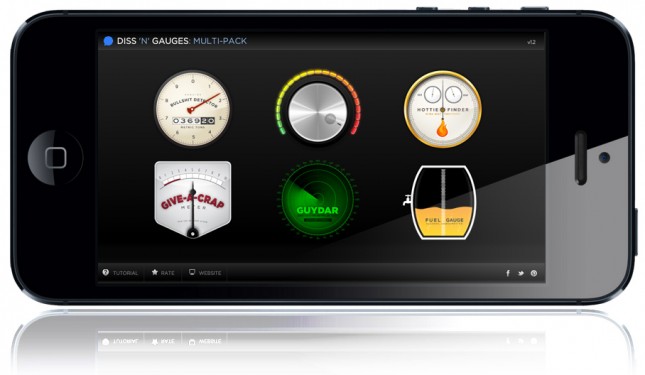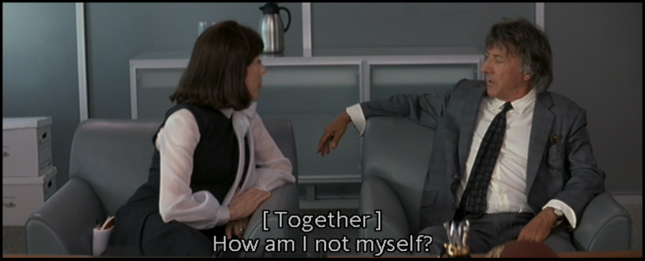I’m pleased to announce my first application is ready for sale on Google Play and Apple App Store. You can also see the information about Diss ‘n’ Gauges in my company’s portfolio.
Diss ‘n’ Gauges: Sometimes the best response is an app!
Diss ‘n’ Gauges: Multi-Pack combines all our individual meters into one great application. Are you looking for best and funniest way to start or end (disengage from) a conversation?
The Multi-Pack includes:
- BS Detector: Is your friend talking out of their butt? Inform them (and the rest of your party) that you’re not buying it.
- Dial Down the B!tch: Is your friend acting nasty or spiteful and it’s exceeding your tolerance level? Inform them (and the rest of your party) that they need to dial it down a bit.
- Give-a-Crap Meter: Is your friend droning on and on about something that you couldn’t care less about (say, Crossfit, for instance)? Inform them (and the rest of your party) of your disinterest in a fun way.
- Hottie Finder: Looking for a great way to strike up a conversation with that beautiful girl or guy across the bar? Let our Hottie Finder act as a divining rod to direct you to them!
- Gaydar: Often find yourself in a dance club, at a karaoke hall, or on a cruise ship with no way to hone-in on the guys around you?
- Fuel Gauge: Need some help deciding if you need one more or had one too many? Here’s a quick, clever way to reply to friends when they ask if you’re ready for another round.
All meters react to tapping on the screen. Tap once to trigger, tap a second time to reset. Diss ‘n’ Gauges is now available for iOS (iPhone, iPad) and Android phones and tablets.


